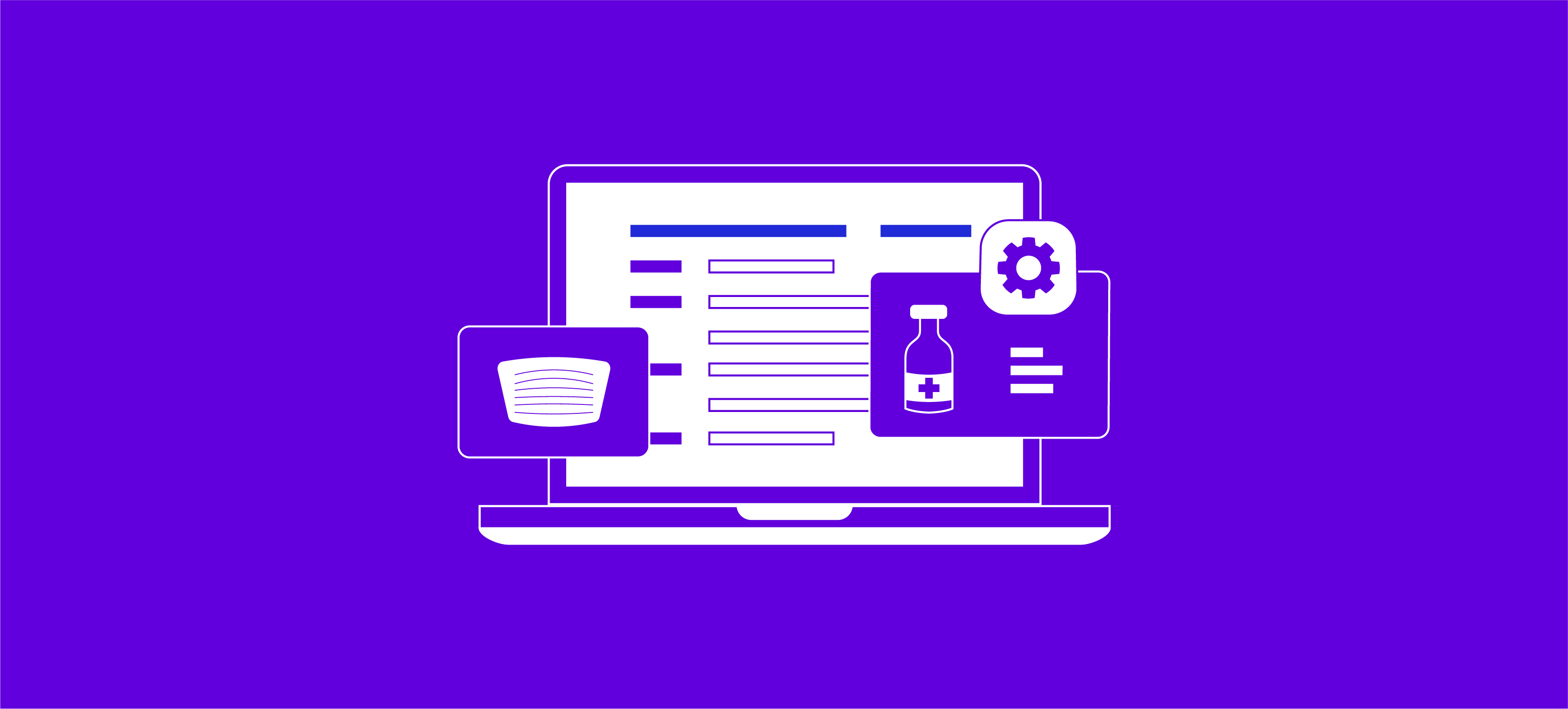Combat Growing Threats Against Your Healthcare Workforce with Better Data

Long before COVID-19 left its destructive mark on hospital staffing, successful healthcare workforce management eluded many health systems. The ability to deliver safe, high-quality patient care has always depended on an intricate balance of capacity planning, human resources allocation, and talent management.
The pandemic upended plans, of course. But it provided guidance for healthcare leaders to address seesawing capacity levels, staff shortages, and widespread worker fatigue and burnout: It’s all about connecting the data.
The dangers of disconnected systems
The delivery of superior healthcare truly requires a well-coordinated village—but most health systems are very interconnected enterprises suffering from multiple enterprise-level disconnections. And now, under value-based payment models, reimbursement is tied to patients’ perceived “value,” individual providers’ ability to contain costs, and benchmarked care/service quality.
Those factors amplify the need for exceptional workforce management. It is crucial to make financially sound staffing and scheduling decisions, especially, in all departments and roles of a healthcare system to eliminate bottlenecks that show cracks in your healthcare delivery services and to prevent revenue leakage, such as preventable overtime.
An eight-week study at Stanford University Hospital found that it experienced more than 409 specialty consult-related delays annually. Those delays were largely attributable to provider staffing shortages. The estimated total cost: About $2.3 million dollars per year (Arifeen, et al., 2019). While every healthcare organization faces unique workforce challenges, understanding the volume of consult requests by specialty can be achieved by analyzing your existing scheduling data. Insights can then be applied to strategic planning to recruit and retain the appropriate number and types of providers.
While most of the research on hospital capacity focuses on appropriate nurse staffing levels—as nurses play the most active role in patient care delivery—it’s important to consider the many supporting roles required to deliver comprehensive patient care. Whether the shortage exists among certified nursing assistants, respiratory therapists, or primary care providers, know that ultimately it will negatively affect care quality.
Choose tools tailored to your challenges
Staffing shortages that create safety and quality issues
Another survey (Halm, M., 2019) looked across 14 independent peer-reviewed studies related to the effects of nursing staff shortages and found that better staffing (measured by total hours per patient per day) was associated with significantly fewer hospital-acquired pressure injuries, catheter-associated urinary tract infections, surgical site infections, sepsis, and heart failure. In addition, embracing new technologies (e.g., radio-frequency ID badges and geofencing) enables detailed analyses of the care coverage versus outcomes at the patient, diagnoses, or even unit levels. Simply put, we’re in an era where operational workforce challenges can be more easily revealed and mitigated by selecting and implementing the technologies and software best suited for your unique landscape and your workforce.
Worker fatigue and burnout
In addition to the tangible impacts of suboptimal staffing, the very real issues of fatigue and burnout can infiltrate your workforce. COVID-19 has only exacerbated the long hours and high patient ratios healthcare providers have battled for years. As frontline caregivers, nurses are especially vulnerable, and also experience high rates of violence against them. Data obtained from nurses in a major population-based study showed a rate of physical assaults at 13.2 per 100 nurses per year and at a rate of 38.8 per 100 nurses per year for non-physical violent events (threat, sexual harassment, verbal abuse) (Nachreiner, N.M. et al., 2007).
Careful attention must be paid to the story that the data are telling. Automating data analysis and applying algorithms that proactively detect capacity issues—by learning from operational data—can help healthcare organizations prevent fatigue and burnout and attract and retain top talent. Implementing innovative solutions that allow a granular analysis of workflow and workload through Internet of things (IoT) data streams strengthens your human resource strategy and ensures the safety, security—and happiness—of your healthcare workforce.
References
Arifeen, S. R., Shi, S., Meza, P. K., Justin, L. J., Svec, D., & Shieh, L. (2019). Waiting it out: Consultation delays prolong in-patient length of stay. Postgraduate Medical Journal, 95(1119), 1. http://dx.doi.org/10.1136/postgradmedj-2018-136269
Halm, M. (2019). The Influence of Appropriate Staffing and Healthy Work Environments on Patient and Nurse Outcomes. American Journal of Critical Care, 28(2), 152–156. https://ezproxy.queens.edu:6464/10.4037/ajcc2019938
Nachreiner, N. M., Gerberich, S. G., Ryan, A. D., & McGovern, P. M. (2007). Minnesota Nurses’ Study: Perceptions of Violence and the Work Environment. Industrial Health, 45(5), 672–678. https://doi.org/10.2486/indhealth.45.672
